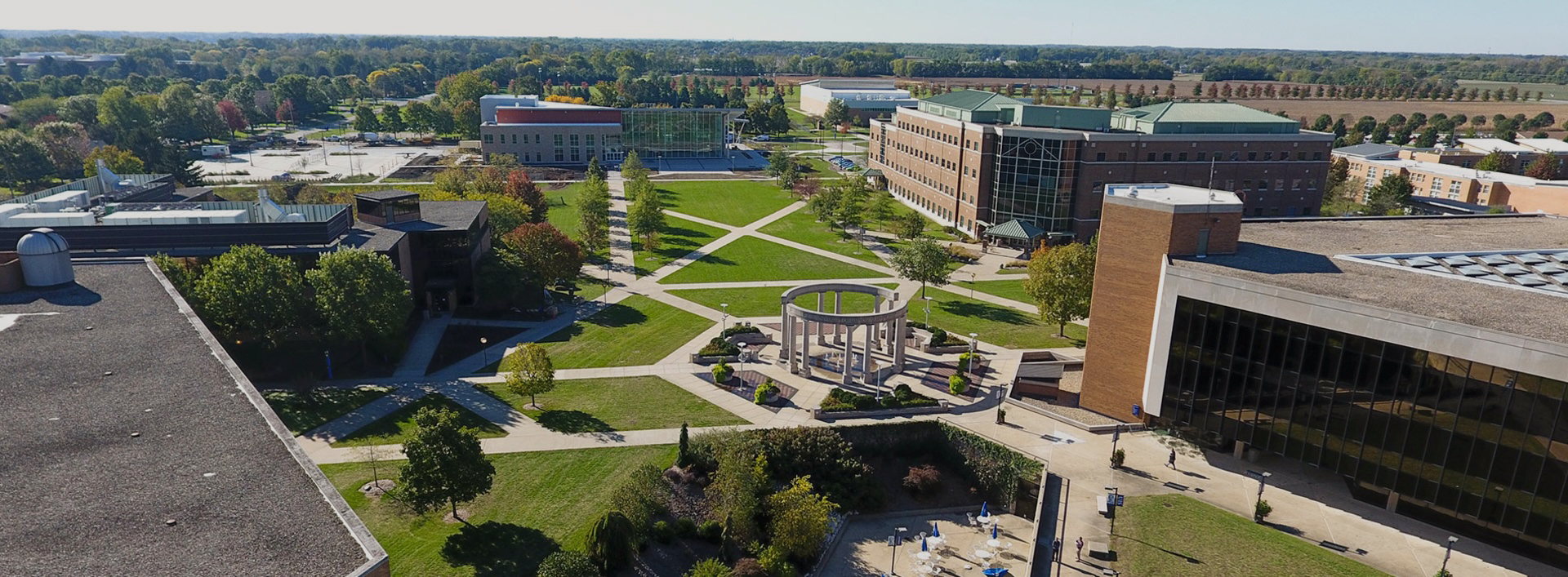One common technique in computer science is to debug a faulty computer program. In distance education, students can be brought together using a synchronous tool and by sharing a screen, work collaboratively to debug a computer program, just as they might in a real world situation.
Appropriate Content Areas
Primarily computer science, but it could be modified to group problem solving using online application sharing.
Goals and Objectives
Generally, the goal of group debugging is to develop student knowledge of coding and their ability to evaluate and decipher code in order to locate problems and find solutions.
Prerequisites
Students need knowledge of the code aspects to be studied during the exercise. In general, debugging in a knowledge in application study rather than a core learning activity.
Materials and Resources
The students needs access to a synchronous application sharing application and the software used for the actual coding.
Guiding Questions for this Lesson
Can students identify and fix coding errors?
Lesson Outline and Procedure
As an example, the instructor could be running VB Studio and sharing the application with students using an application such as HorizonWimba or Elluminate. Using a chat application, students in groups of 3-5 would discover where the error is and then suggest solutions. Solutions could be chosen and then tested to solve the problem.
Teaching Strategies
- Discerning the error should challenge the students knowledge without moving beyond their zone of proximal development. In other words, make it challenging, but don’t require them to access knowledge they do not yet have.
- Debugging can also be performed individually. Group debugging allows for more complex problems to be solved through synergistic activity though.
- Adjust groups so that one student is not always leading a given group.
Accommodations
What accommodations may be needed for students with disabilities or other special needs? Time is a primary accommodation. A blind student may need time for a Braille reader to disperse code. Some individuals may not be able to keep up with the group and may need to be assigned individual problems.
Timeline
The timeline will vary by the activity. Typically, you want a group of 3-5 students to take less than 15 minutes to find a solution to a given error. This time avoids annoyance and student drop out, but there will obviously be situations where more advanced problems may take an hour to solve.
Ideas for Lesson Evaluation and Teacher Reflection
How did the students like the lesson? End of semester evaluations should ask about the usefulness and learning accomplished through such activities. Also, the conversation that occurs during the activity will help guage how the students are enjoying various aspects and whether they are learning and/or participating.
How was student learning verified? Participation can be assessed through analysis of a session transcript. A summative assessment may be performed through a final code. Peer assessment can be used on group performance.
